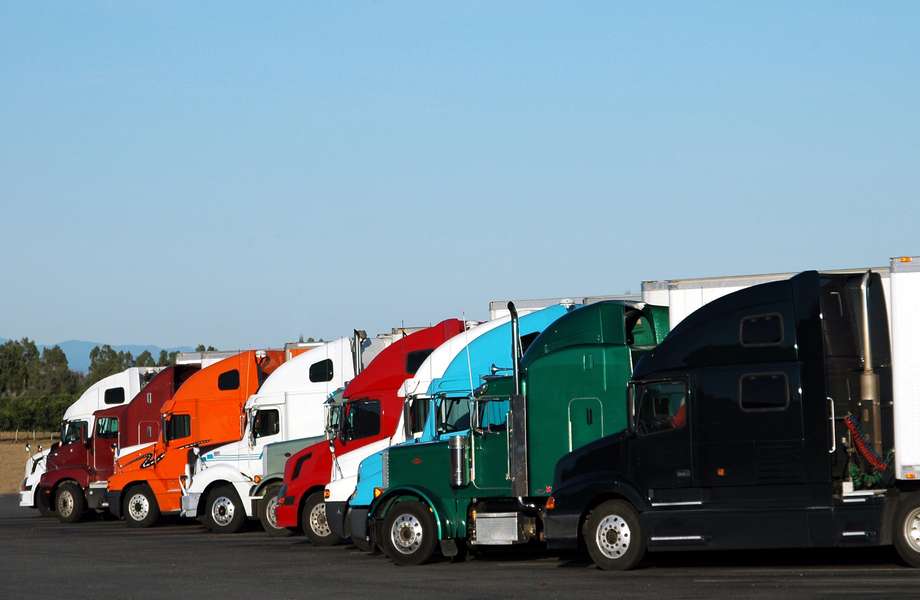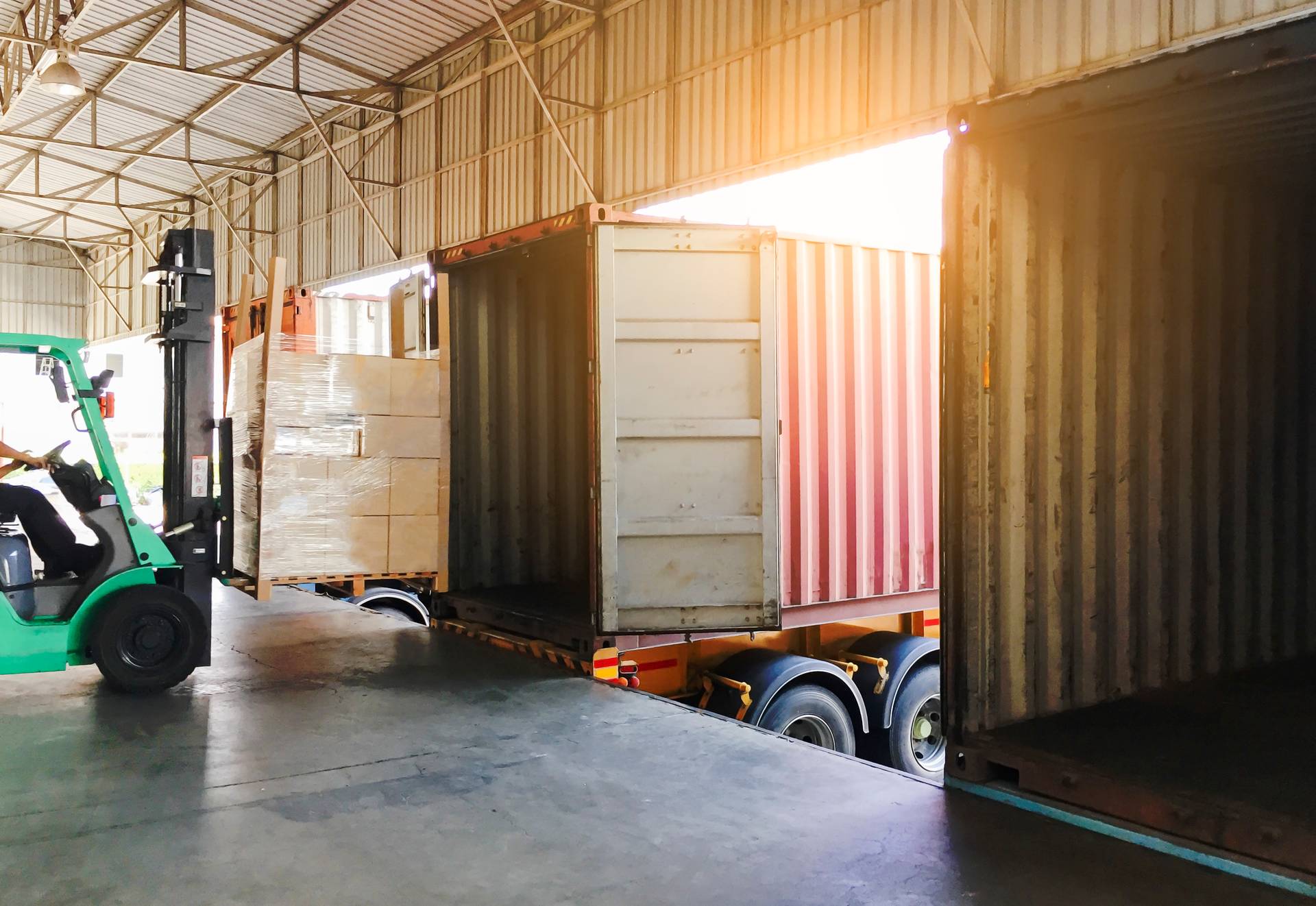Delivery Efficiency: 10 Practical Ways to Improve It
Improving delivery efficiency will allow you to meet deliveries on time, within budget, and help you to stay ahead in the competition. Find ten practical and actionable tips to improve delivery efficiency by reading the article below.
Nowadays, many shippers are providing timely and cost-effective delivery of goods. If you cannot meet your delivery on time and within the given budget, it can leave your clients dissatisfied with the quality of your delivery service and hurt your profits.
Click Here: Get Reliable Capacity Regardless of Market Conditions
So, to stay ahead in the competition, you’ll need to increase your delivery efficiency. In this article, you will find ten practical ways how to improve delivery efficiency. But before digging deep into it, let’s find out what makes it efficient.
What Makes a Delivery System Efficient?
The best way to ensure efficiency in delivery processes, cut down costs, and maintain the overall quality of the delivery is to track the below-mentioned key performance indicators (KPIs):
- On-Time and In-Full (OTIF)
- Average Delivery Time
- Average Days Late
- Number of Shipments Sent out in a Specific Period
- Average Dwell Time (Truck Turnaround Time)
- Average Shipping Cost
- Marginal Bill Errors
Establishing and monitoring these transportation KPIs help shippers to organize an efficient system for their deliveries.

Now you have understood what makes a delivery system efficient, it’s time to know how to achieve it.
How to Improve Delivery Efficiency
These are ten practical and actionable tips that you can follow to understand how to improve your delivery efficiency and boost the performance of your overall delivery operations:
1. Organize Order Priority
Prioritizing your orders based on their importance is one of the best techniques to increase your delivery efficiency. You’ll need to understand that not all orders are equally important, and with fixed resources, you can keep the low-priority orders to deliver at the end of the day.
There are plenty of ways to organize and prioritize your orders, such as:
- Expected Date: Every order has a scheduled shipping date, and orders with the earliest delivery dates receive priority.
- FIFO (First In, First Out): This rule indicates first ordered, first shipped. It means you ship your orders as they are received.
- Processing Time: According to this rule, orders with the longest/shortest processing time can receive priority.
After setting the priority of your orders, it will be easy for you to set the algorithm that helps you save time, reduce average shipping costs, and ship on time.
2. Commit to Realistic Time-Windows
In today’s fast-moving world, customers are much concerned about the time window in which shippers deliver their orders. It is primarily in the case of goods with expiration dates that need to be delivered within specific timeframes.
Moreover, delayed delivery may impact their business by delaying their further operations.
Shippers failing to meet the promised delivery demands of their customers are at a high risk of losing their good reputation. So, it is essential to provide your customers with realistic time windows and meet them.
Sticking to your promised time windows not only helps you satisfy your customers and win their loyalty but also boosts delivery efficiency by reducing the average delay time. Also, the consistent on-time delivery performance helps businesses increase customer retention.
3. Ensure Perfect Deliveries
Various reasons can cause deliveries to fail, such as:
- Delivering the wrong item
- Items missing from the package
- Customers receive damaged goods
These can result in re-delivering the goods, thus resulting in additional use of resources and will increase your cost and delivery time. By ensuring accurate delivery on the first attempt, you can save resources and improve your delivery efficiency.
4. Utilize Real-Time Order Tracking
Real-time order tracking allows you to track orders at any time. This will enable you to make better decisions and help you resolve delivery-related issues—such as lost or misplaced orders—in real-time, thus ultimately improving delivery efficiency.
Additionally, you can share real-time order tracking information with your customers to improve your service and increase customer satisfaction. Customers appreciate real-time order tracking as it gives them peace of mind by knowing where their order is and empowers them to make informed decisions about their orders.

5. Route Planning & Optimizing
Planning and optimizing your route is another technique to increase delivery efficiency without adding more vehicles and drivers. It is because planning and optimizing routes allow you to maximize the use of your existing resources.
Moreover, it helps you plan the shortest route with maximum output and eliminate the risk associated with the last-minute changes.
When your routes are well planned and optimized, you’ll end up sending your drivers to the right locations at the right time. This approach can help you save a considerable amount of time and other resources such as fuel, driver’s wages, etc.
6. Don’t Forget to Include Break Time
You can improve your delivery efficiency by optimizing the break time of your drivers. The efficiency decreases when you don’t plan for any break, and your driver takes it anyhow. It creates a delay, and you’ll fall behind in your delivery schedule.
So, it’s better to include a fixed break time for your drivers in the schedule. Otherwise, your drivers might go out of their way to find a break for lunch, fuel refill, freshen up, etc., causing delays in the critical deliveries.
7. Measure Your Fleet Productivity
Measuring the productivity of your fleet helps you identify which are the prosperous areas and which areas require improvement. This involves metrics such as:
- Compliance
- Fuel consumption
- Vehicle maintenance
- Driver health & safety
- Service hours
- Total vehicle usage
- Cost per trip
- Idle hours of fleets
- Average dwell time
By taking care of the factors mentioned above, you can manage and streamline the operation of your fleet, which ultimately helps you improve your delivery efficiency.
Important Tip: To save yourself from the trouble of tracking the productivity of your fleet, it can be better to hire a 3rd-party transportation service provider. Also, using a transport service provider will remove the need for shippers to worry about route planning and optimization and the break time of the drivers.

8. Leverage the Feedback of Your Team
If you wish to improve your delivery processes, regularly ask for input/feedback from your team. It will help you streamline your delivery process as you can use this information to manage the delivery of your orders.
A majority of the organization follows a one-way communication. It means the top management gives the commands to their subordinates. However, if you wish to improve your delivery efficiency, you need to consider the problems faced by the individuals who actually handle the delivery service.
These inputs/feedbacks help you:
- Identify the traffic bottlenecks
- Get to know the customers who frequently change the schedules of their delivery
- Assign specific areas to specific drivers who are familiar with the neighborhood
9. Use a Reliable Delivery Management System
Delivery management software comes with multiple features that you’ll need to streamline your deliveries. It provides real-time information that ensures on-time deliveries and helps you plan the route effectively, thus saving you delivery cost and time, optimizing resource utilization. It helps you:
- Reduce Errors: It helps you automate the process that prevents you from making mistakes and focusing on higher priorities. Fewer errors also mean there is less chance of freight damages.
- Minimize Time: It allows you to improvise delivery routes in real-time, which helps you increase your delivery efficiency. It enables you to minimize the turnaround time for delivery and increase your shipments.
- Eliminate Paperwork: It assists you in staying connected with your delivery agents, drivers, and other staff by reducing paperwork. Also, your customers can easily track their orders online.
10. Constantly Update & Review
To improve delivery efficiency, you need to keep updating the following:
- The schedule of your drivers and vehicles to optimize their usability
- The existing routes to add new efficient routes
- Your data to take accurate data-driven decisions
- Your delivery management software to include new features
Updating is necessary to keep up with the changes in the shipping industry. However, you also need to regularly review these updates to see if they worked.
Conclusion
By taking simple steps—organizing order priority, providing realistic time windows & sticking to your commitments, optimizing your route, taking team inputs, including breaks time to the schedule, etc.—you can improve your delivery efficiency.
Now that you have understood how to improve delivery efficiency, you can fast-track your services while reducing your expenses. You can keep your customers happy and satisfied by delivering their orders right on schedule, intact, and in a cost-efficient way, thus increasing your profitability and customer loyalty.
We hope you enjoyed reading the article. Please let us know your thoughts in the comments below. If you want us to write on specific topics, please contact us! Additionally, if you want to stay up-to-date with the latest transportation industry news and trends, you can follow us on LinkedIn, Facebook, and Twitter.
More Blogs
Here are some more articles that consist of topics about the logistics industry, modern transportation trends, and best practices to help your business expand. Read some of these articles to learn more.

Third-Party Logistics LTL Shipping: Pros and Cons That You Should Know

5 Tips for an Efficient Transportation Management Process


Comments 0